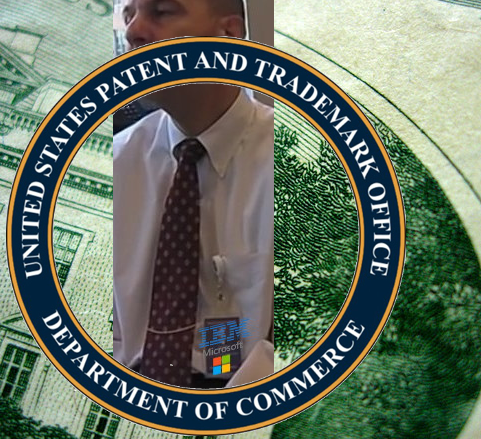

THE USPTO has been a huge booster of software patents for a long time. For the USPTO it's a growth (profit) area, so it's unwilling to compromise on the subject. As we have repeatedly shown for years, the USPTO begrudgingly (at best, if at all) adopted the Alice decision and it continued to grant a lot of bogus software patents (which PTAB helped confirm are bogus after IPRs).
The Patent Office routinely publishes statistics on IPR and CBM proceedings, but their methodology suggests that the petition institution rate is lower than it really is.
Inter partes review and covered business method review have undoubtedly changed patent litigation. No patent assertion campaign or defense strategy is complete without considering the implications of these AIA procedures.
The Patent Office publishes statistics on these new AIA trials roughly once a month. Practitioners can easily see how many petitions are filed in various technology areas, as well as how often claims survive or are canceled. They say that a picture is worth a thousand words, and this visual and easy-to-read resource gives stakeholders a quick sense of how the new tribunal is affecting patent law.
But as Mark Twain once said, “[f]acts are stubborn things, but statistics are more pliable.” In publishing these statistics, the PTO has made choices in methodology that may underreport the institution rate of IPR and CBM proceedings.
"Basically, as everyone ought to know by now, virtually all if not the overwhelming majority of software patents that go to a high(er) court or PTAB get invalidated."Suing a government for $1 billion over patent infringement (surveillance) may sound mad, but here is another new report from MIP. It's about PTAB again: "The Department of Justice has filed petitions at the Patent Trial and Appeal Board for the second time, targeting the patents involved in a suit brought by Discovery Patents and 3rd Eye Surveillance that seeks $1 billion in compensation from the US government" (yes, that's $1,000,000,000).
Basically, as everyone ought to know by now, virtually all if not the overwhelming majority of software patents that go to a high(er) court or PTAB get invalidated. Small companies cannot afford to defend themselves from such patents because the process of reassessment or court proceedings is expensive (prohibitive costs with risk and no assurance of legal fees compensation/reimbursement).
"In fact, the USPTO is again latching onto one single pro-software patents decision (reaffirming its desired bias), in spite of a vast number of decisions (even at CAFC) against these patents."Adding insult to injury, citing the over-hyped Enfish v Microsoft decision [1, 2, 3], watch how the USPTO sneakily changes its guidelines. To quote Patently-O: "The Enfish case is important in the way that it gives teeth to step-one of the Alice/Mayo test for subject matter eligibility. Notably, the unanimous panel of Judges Moore, Taranto, and Hughes (author) held that neither the software-implemented data structure nor its method of creation were “to be directed to a patent-ineligible abstract idea” and thus did not pass Step-1 of Alice/Mayo. Prior courts usage of the “gist” analysis for Step-1 left many of us with the feeling that almost all inventions could be boiled-down to an ineligible concept. Enfish rejects that conclusion and instead held that that Step-1 is designed as a meaningful test."
"The USPTO rapidly turns into a joke and the numbers suggest so too."But what the Supreme Court said has not changed. In fact, the USPTO is again latching onto one single pro-software patents decision (reaffirming its desired bias), in spite of a vast number of decisions (even at CAFC) against these patents.
Consider the fact that the former Director of the USPTO is now a lobbyist for software patents, paid for this lobbying by some of the largest self-serving proponents of software patents.
The USPTO rapidly turns into a joke and the numbers suggest so too. Low patent quality has had it subjected to occasional ridicule in the media and it risks becoming a laughing stock worldwide. The USPTO has become a grossly overpriced registration/filing system (more so than an examination office). The public pays the price for all the resultant damage and it is obvious who gains. ⬆